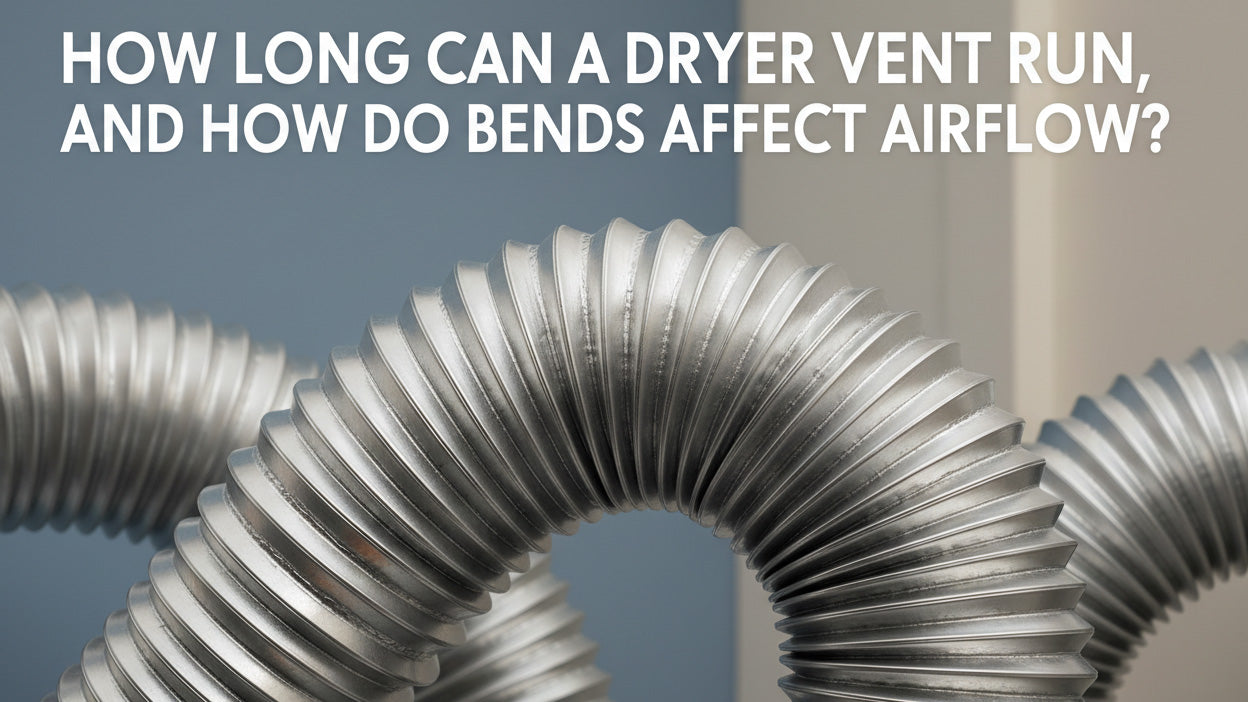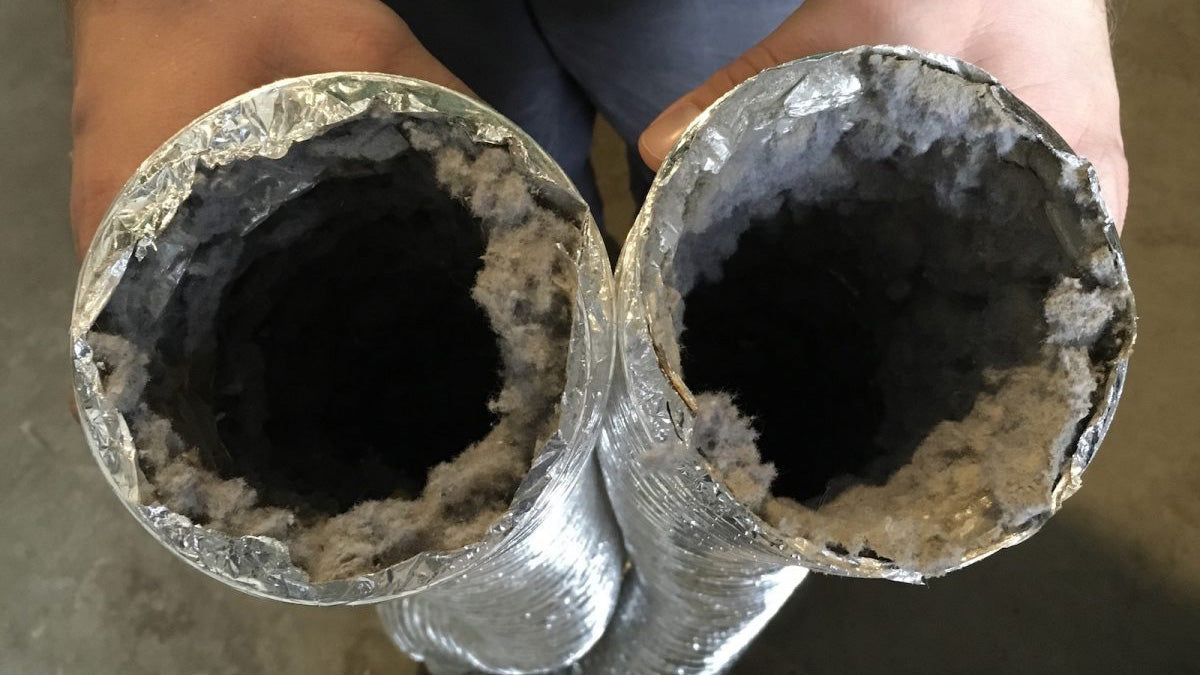Cleaning your dryer vent might not sound urgent, but skipping it could cost you much more than you expect. A blocked vent makes your dryer inefficient and, more importantly, creates a real fire hazard. Many homeowners ask the same question: Is it more economical to do it yourself or pay for a professional service? Let’s explore both options so you can choose the one that saves you the most money without compromising safety.
Why Dryer Vent Cleaning Is Essential
Every time you run your dryer, small bits of lint escape the filter and get stuck in the vent pipe. Over time, this buildup can:
- Increase fire risk since lint ignites easily.
- Force your dryer to run longer, raising energy bills.
- Shorten the lifespan of your appliance due to overheating.
Skipping this simple maintenance task may lead to expensive repairs—or worse, household fire damage.
Dryer lint causes nearly 3,000 fires every year
What Professionals Charge
If you hire a cleaning service, expect to pay roughly $90 to $170, depending on your city, vent length, and the difficulty of reaching. Some companies also charge extra for rooftop access or installing protective covers.
Advantages of hiring a pro:
- They have the right equipment to clear long or tricky vents.
- Work is usually quick, often less than an hour.
- Reduced risk of leaving hidden lint behind.
- If your dryer vent hasn’t been cleaned in years or snakes through walls, calling in an expert may actually be the cheaper choice in the long run.

DIY Cleaning: What You’ll Spend
For people willing to roll up their sleeves, DIY cleaning can be done with a vent cleaning kit ($20–$40) and a vacuum you likely already own. Some kits even include a drill for better reach.

Dryer Vent Cleaning Kit Sample
Basic steps:
- Unplug the dryer and detach the hose.
- Push the brush through the duct to loosen lint.
- Vacuum or sweep out the debris.
- Inspect the outside vent to ensure fluent airflow.
Pros:minimal cost reusable tools, and the satisfaction of doing it yourself.
Cons: tough on long or twisting vents, and you may miss hidden buildup.
If outdoor venting isn’t possible for your home or apartment, a Dryer Lint Trap Box is a great alternative to prevent lint build-up. Using a lint trap box alongside regular maintenance makes your dryer cleaner and extends its lifespan - no professional service required.

HG POWER Dryer Duct Lint Trap– great for quick install and efficient prevention of lint build-up.
Cost Comparison: DIY vs. Professional
|
Aspect |
DIY Cleaning |
Professional Service |
|
Average cost |
$20–$40 kit |
$90–$170 visit |
|
Time required |
1–2 hours |
30–60 minutes |
|
Effectiveness |
Good on short vents |
Excellent, even for complex vents |
|
Safety assurance |
Moderate |
High |
For a straight, short vent, DIY usually wins. For anything more complicated, the professional fee often pays for itself in safety and convenience.
How to Decide Which Option Works for You
Choose DIY cleaning if:
- Your vent is short and easy to reach.
- You’re comfortable handling basic tools.
- You already clean your lint trap regularly.
Opt for a professional if:
- The vent works through walls or exits at the roof.
- Your dryer still takes forever, even after DIY cleaning.
- It’s been several years since the last proper cleaning.
Smart Habits to Keep Costs Low
- Empty the lint filter after each cycle.
- Inspect the outside vent flap every few months.
- Combine light DIY maintenance with a professional deep clean every 1–2 years.
- This hybrid approach keeps your dryer efficient while reducing how often you need to pay for professional help.
Conclusion
Dryer vent cleaning is a small chore with big savings. DIY cleaning costs almost nothing and works well for simple setups. Professional service, while pricier upfront, ensures a thorough job and peace of mind for complex systems.
The best strategy for most households is to do regular DIY cleanings and schedule a pro visit every so often. By staying on top of it, you’ll lower energy bills, extend your dryer’s life, and keep your home safe—all while saving money.



